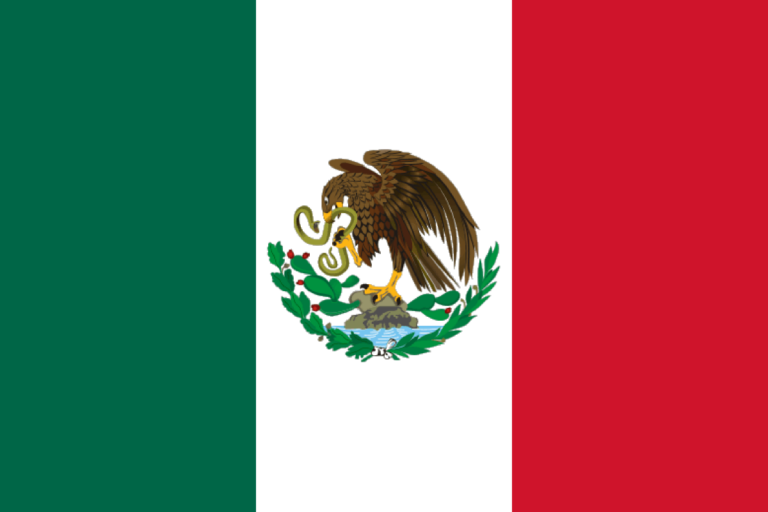August 18, 2005
Volume 7 / Number 32
Dear Colleague:
Over-the-counter MAP is back yet again as an issue, and its safety
problems are still irrelevant to feminists.
Steven W. Mosher
President
PRI Weekly Briefing
18 August 2005
Vol. 7 / No. 32
MAP’s Medical and Abortion Problems
By Joseph A. D’Agostino
The federal Food and Drug Administration (FDA) will decide by the end of
this month whether to allow over-the-counter (OTC) sales of the
morning-after pill (MAP). The fact that it is even considering doing so
is another example of the power of feminist dogma, a power that trumps
threats to young women’s health from this potentially dangerous and
certainly unproven method of birth control and abortion.
MAP in this country is a high-dosage form of a common prescription birth
control pill. Different from the chemical abortion pill RU-486, MAP must
be taken within 72 hours of intercourse to be effective. MAP hasn’t been
studied long enough for anyone to know what the long-term health
consequences may be of suddenly shocking a woman’s system with a high-dose
flood of hormones in order to prevent or end a pregnancy. But health
experts, even those who favor OTC MAP, do agree that using MAP repeatedly
can lead to serious health consequences. That’s why keeping MAP available
by prescription-only makes sense to protect women.
But feminists and their lackeys in the medical profession want the FDA to
liberalize the availability of MAP. This will surely lead to the
irresponsible repeated use of MAP, especially by teenage girls who fail to
use conventional contraception. After all, MAP is needed
only by women
who were too irresponsible to use contraception in the first place (with
the exception of rape victims, of course). Can minor girls engaging in
sexual intercourse be expected to behave so responsibly, especially if the
adult authorities are so irresponsible as to place MAP into every
drugstore in the country? Who would be the more irresponsible-the girls,
or the FDA and feminist pressure groups? MAP could also encourage more
young people to have unplanned sex, since it would seem to absolve them of
one of the major consequences. A handful of states have already legalized
OTC MAP, but the FDA’s lack of approval has held back wide OTC
distribution of the drug.
Some have suggested that OTC MAP be made available only to women over 18
or girls and women over 16, with the sort of controls imposed upon
cigarette sales. Not only it is questionable that the FDA has the
authority to enforce such an unprecedented method of controlling OTC drug
sales, but the ease with which minors currently obtain cigarettes and
alcohol should prove that such an arrangement won’t work. This is
especially true since so many minor girls are having relations with adult
men, who are likely to be very willing to buy MAP for their young
girlfriends. Reported Planned Parenthood’s Alan Guttmacher Institute in
August 1999, *Nearly two-thirds (64%) of sexually active 15-17-year-old
women have partners who are within two years of their age; 29% have sexual
partners who are 3-5 years older, and 7% have partners who are six or more
years older.* That means 36% of girls 15-17 have sexual partners who are
18 or over.
There is another problem with MAP: It probably does not only prevent
conception, but also the implantation of an already-conceived child. The
dishonest governmental and medical establishments have redefined pregnancy
to begin at implantation, and so they can call MAP *emergency
contraception* or EC. Yet no one has conclusively proven that MAP does
not prevent implantation of a conceived child-i.e., no one has proven that
MAP does not cause abortion. Certainly, the theories seem to indicate
that it does.
Dr. André Devos, a retired Belgian gynecologist who studied at the
University of Chicago, has collected some of the assertions made by MAP
experts. Talking about two common types of MAP, Chris Kahlenborn, Joseph
B. Stanford, and Walter L. Larimore, wrote in *Post-fertilization effect
of hormonal emergency contraception,* The Annals of Pharmacotherapy, March
2002, *From theoretical and empirical evidence, both the Yuzpe and the LNG
method act in two different ways: On the one hand, a possible inhibition
of the ovulation; on the other, a disturbance at the level of the
endometrium, making an early abortion possible.* (The endometrium lines
the uterus.) Another example: *The mode of action of the morning-after
pill consists in preventing the implantation of the fertilized ovum in the
endometrium,* said abortion expert David A. Grimes, M.D., in an interview
with Medscape Medical News, Oct. 1, 2002. Even the FDA itself said on
Feb. 25, 1997, *EC pills act by delaying or inhibiting ovulation through
inhibition of FSH and LH, and/or altering tubal transport of sperm and/or
ova (thereby inhibiting fertilization), and/or altering the endometrium
(thereby inhibiting implantation).*
The official website for Plan B, the leading MAP in the United States,
could mislead anti-abortion women when it declares, *Plan B® is not RU-486
(the abortion pill); it will not work if you are already pregnant.*
Though Plan B’s manufacturer is using contemporary medical terminology
accurately, most women consider themselves pregnant if they’ve conceived.
How many anti-abortion women may have killed their unborn children in
embryo form with the use of this drug?
An August 10 AP story put the usual feminist spin on the possibility of
OTC MAP and even reported this preposterous assertion: *Contraceptive
advocates and doctors’ groups say easier access [to MAP] could halve the
nation’s 3 million annual unintended pregnancies.* But Britain, a country
so similar to our own, legalized OTC MAP in 2001, and abortions have gone
up every year since. In fact, the abortion rate for girls under 14
increased by 6% from 2003 to 2004. In Sweden, OTC MAP was legalized in
1998. Between ’98 and 2003, the teen abortion rate went up by 31%.
There is evidence of an increased risk of ectopic pregnancy, a potentially
fatal condition, with the use of MAP. A study done of levonorgesrel MAP
in Britain and New Zealand found an ectopic pregnancy rate of 6% in women
after MAP failed, which is triple the usual rate.
The FDA should quash the idea of OTC MAP once and for all.
Joseph A. D’Agostino is Vice President for Communications at the
Population Research Institute.










